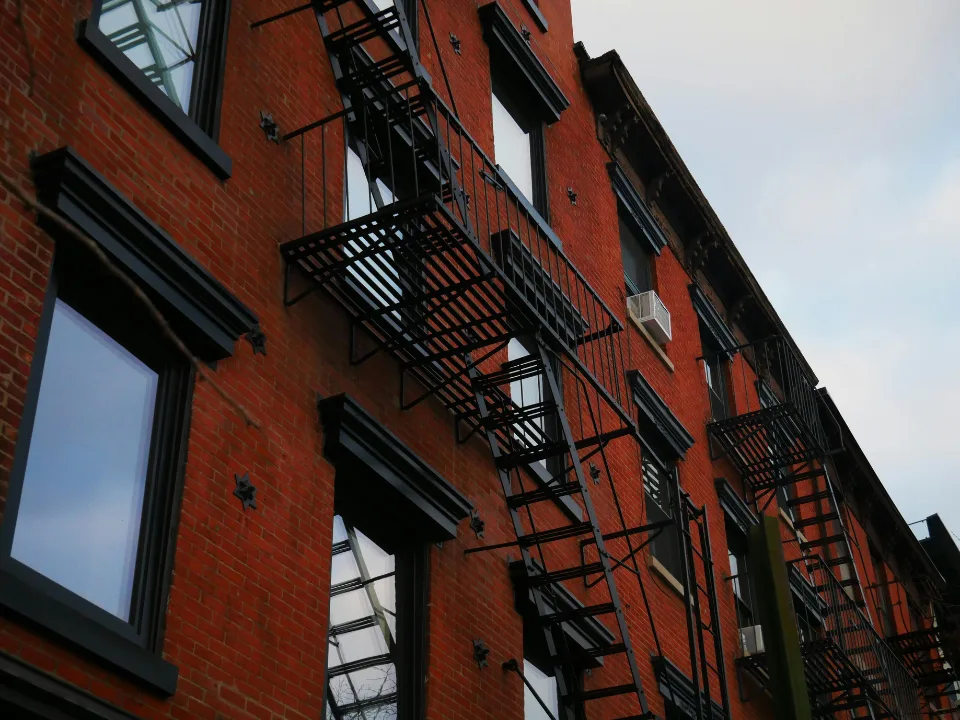- Tenants of Tower 28 in LIC have filed a class-action lawsuit, accusing the landlord of improperly setting initial rent levels to evade New York City rent regulations.
- The lawsuit claims the landlord used misleading rent-free offers to record higher rents with the state, resulting in artificially high future rent increases.
- The case focuses on properties built under the 421-a tax incentive program, which provided tax breaks in exchange for including affordable housing units.
According to Bloomberg, Tower 28, one of the tallest residential buildings outside of Manhattan, brought rent-stabilized units to Long Island City seven years ago, offering affordable housing in an increasingly expensive neighborhood.
However, three tenants from the 58-story building have filed a class-action lawsuit against the landlord, alleging unlawful manipulation of initial rent figures in an attempt to evade rent stabilization laws and raise rents beyond permissible limits.
Legal Allegations
The lawsuit claims that the property owner behind Tower 28, represented by a limited liability company, recorded initial rents with the New York State Division of Housing and Community Renewal (DHCR) that were higher than what tenants were actually paying. This discrepancy allowed future rent hikes to be based on inflated amounts.
One tenant described being offered two months of free rent on a two-year lease, which reduced her effective monthly rent to $2,525.42. However, the landlord registered the initial rent as $2,755 with the state, which would enable them to apply subsequent rent hikes to the higher figure rather than the actual rent paid.
Legal Context
The lawsuit argues that by manipulating these rent records, the landlord circumvented the protections intended under rent stabilization laws. The 421-a tax incentive program, which was used in the construction of Tower 28, provided tax benefits in exchange for creating affordable housing units.
However, as rents rose improperly due to misreported figures, tenants faced rent hikes that did not align with rent stabilization guidelines, diminishing the intended benefits of the 421-a program.
Wider Implications
Newman Ferrara, the law firm representing the plaintiffs, is also handling similar cases involving other buildings in Long Island City, indicating that this may be a widespread practice.
The 421-a program, which has now expired, was widely used to develop affordable housing. Many buildings in the area—including Tishman Speyer’s Jackson Park and Lightstone’s Gantry Park Landing—utilized the tax incentive before it ended in 2022.
Rising Living Costs
Long Island City has experienced rapid development and a population boom in recent years, with living costs soaring accordingly.
According to StreetEasy, the neighborhood’s median asking rent jumped by nearly 60% over the last decade, reaching $4,385 in August. Many of these units were built using 421-a tax incentives, and while the program ended in 2022, an extension was granted for projects already in progress.
What’s Next
The outcome of the lawsuit could have significant ramifications for tenants living in units covered by the 421-a program, particularly in Long Island City where rising rents continue to displace longtime residents.
As more similar cases arise, greater scrutiny may be applied to how landlords comply with rent stabilization laws and manage affordable housing units.

















